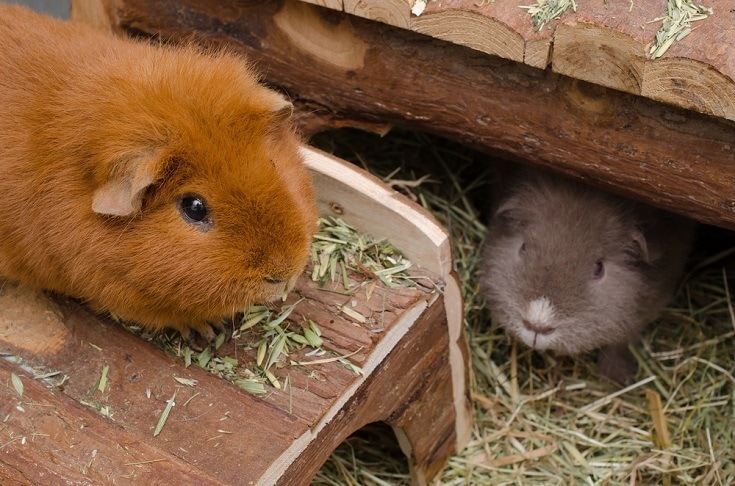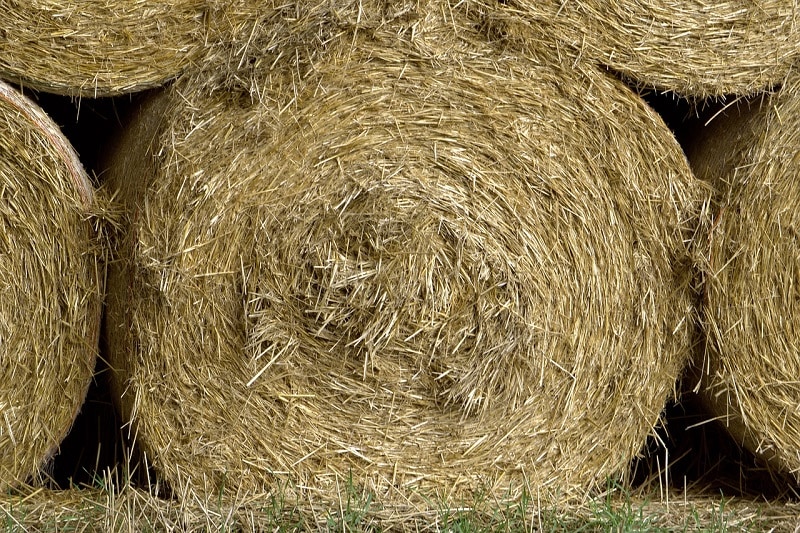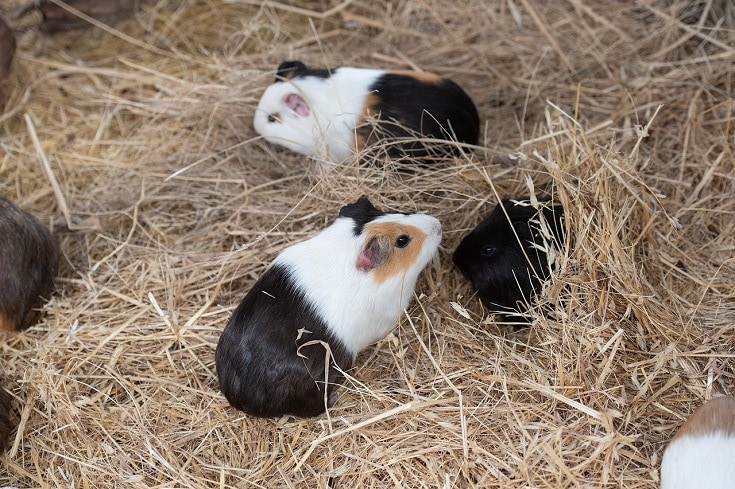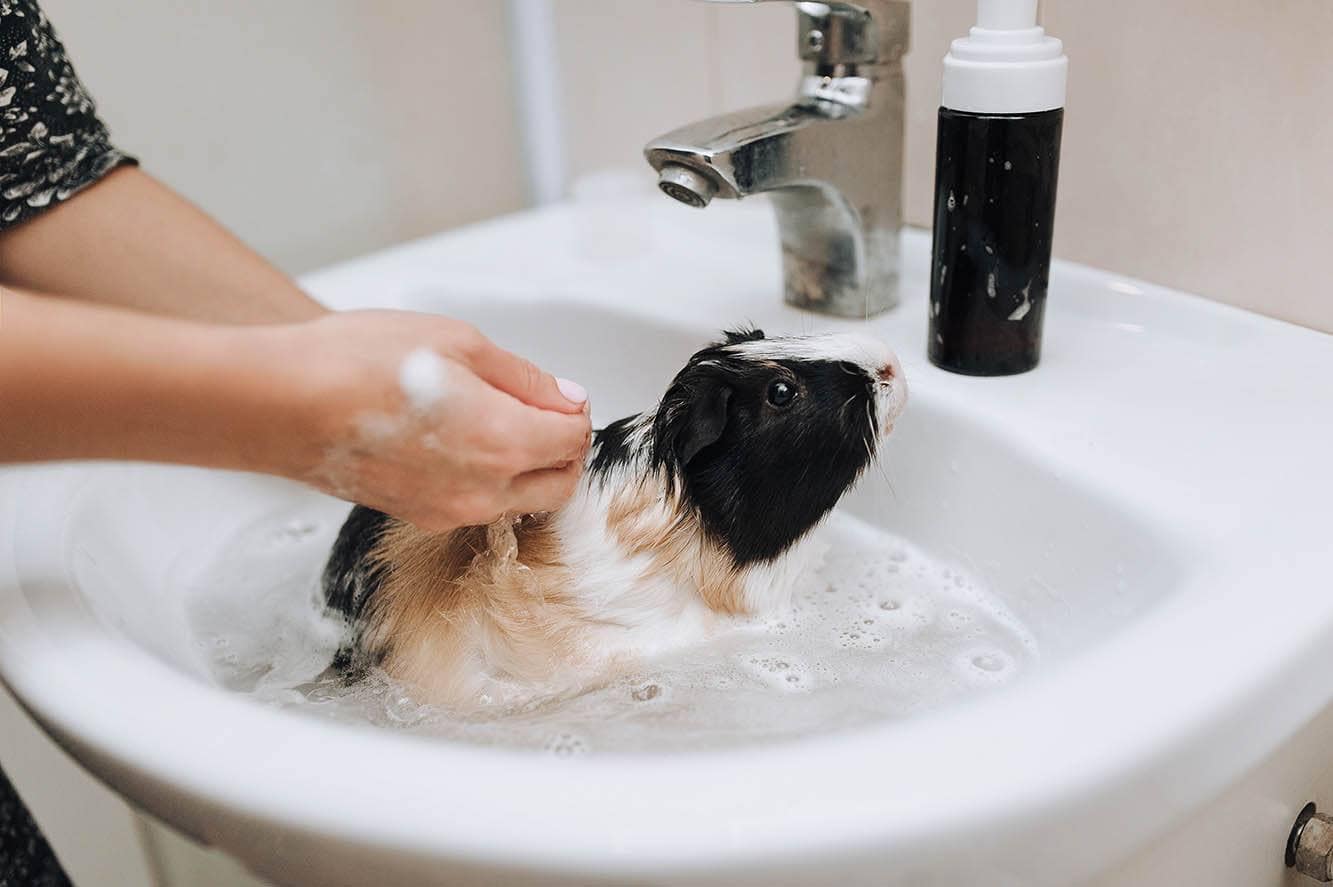
A clean cage will always lead to a happier guinea pig – so what can you do if you’ve run out of guinea pig bedding, but your little buddy needs his cage cleaned? Whether you’re waiting for a delivery of fresh bedding or can’t order more until payday, you may be left scouring your home for another option.
Because providing your guinea pig with a clean cage is vital to keeping them healthy, it’s wise not to put off your housekeeping duties just because you don’t have a commercial bedding available. That’s why we’ve put together this list of six great alternatives to guinea pig bedding – with a mind towards helping you find something that’s already in your own home. After reading about what you can use, though, read on to find out what you mustn’t, under any circumstances, use as alternative bedding for your guinea pig.
The 6 Guinea Pig Bedding Alternatives
1. Fleece

Perhaps the most economical option of any bedding alternative, making fleece liners for your guinea pig’s cage can eliminate the need for other bedding altogether. It will require frequent cleaning and washing to keep your guinea’s cage in good condition but can be an extremely cost-effective option if you make multiple liners to rotate out.
Jessica at The Cavy House on YouTube has an excellent video on how to prepare new fleece for guinea pig bedding. Check it out here.
2. Shredded Cardboard

With a little bit of elbow grease, you can turn any old cardboard box into perfectly acceptable bedding for guinea pigs. We recommend tearing it with your hands as much as possible, as using scissors can leave sharp edges that may hurt your guinea pig’s feet. Save your old shipping boxes, but be sure to remove labels before turning them into bedding.
3. Hay

With all the hay that your guinea pig eats, you may have noticed that most of these little creatures love to throw their food around. You can make good use of this by taking their discarded hay that has gone stale and repurposing it for a fresh layer of bedding.
4. Straw

The byproduct of hay production, straw is often repurposed as garden mulch. If you have any in your shed, it can make do as bedding in a pinch – but because it’s not particularly absorbent, you won’t want to use it long-term.
5. Shredded Paper

Everything from junk mail to old school assignments and work documents can be finely torn and shredded to make new guinea pig bedding. Unfortunately, the ink and chemicals found in most printed papers can be detrimental to your guinea pig’s health – so use this as an emergency option, but don’t make it an everyday habit.
6. Newspaper

Just like the shredded paper listed above, newspaper can be an attractive option for guinea pig bedding. Plenty of bookstores and cafes simply throw out their older newspapers, so it can be a constant supply at little to no cost. The problem comes, again, in the ink and chemicals used for treating newspapers. Use it in a pinch, but don’t make it a regular thing.
What NOT to Use for Guinea Pig Bedding
As you consider your options for bedding alternatives, make sure to avoid the following:
How to Choose Safe Bedding for Your Guinea Pig
Ideally, any bedding that you choose for your guinea pig will have three qualities. It should be:
With those guidelines in mind and the list of household items above, it should be easy for you to find substitute bedding that will work for both you and your guinea pig.

Final Thoughts
Running out of guinea pig bedding doesn’t have to be a cause for alarm, as long as you have any of the common household items on our list. Why not prepare yourself for any time this might happen by crafting a set of fleece pads for your pet’s home? That way, if you ever happen to run out of bedding, you’ll already have a usable alternative at the ready.
Featured Image Credit: PHOTO FUN, Shutterstock









